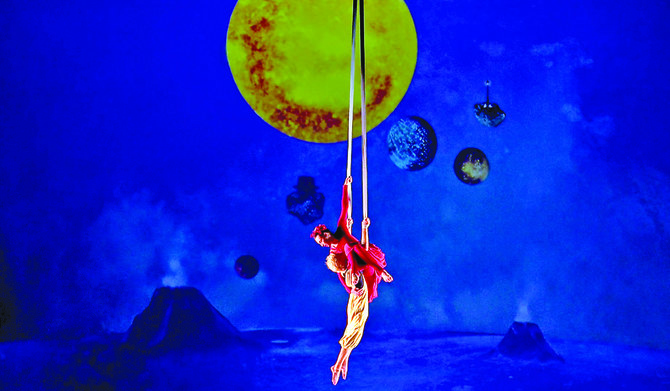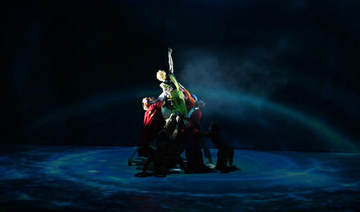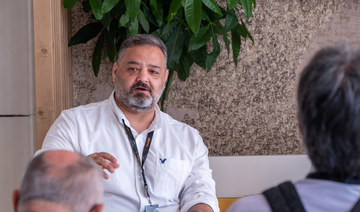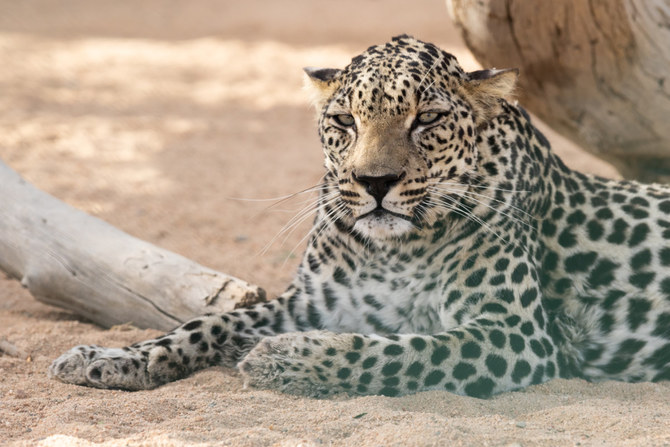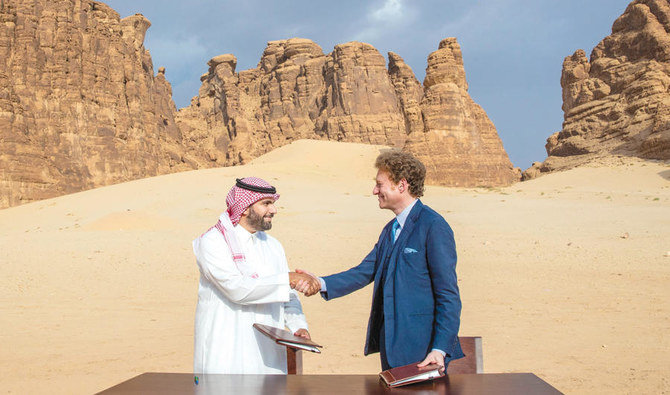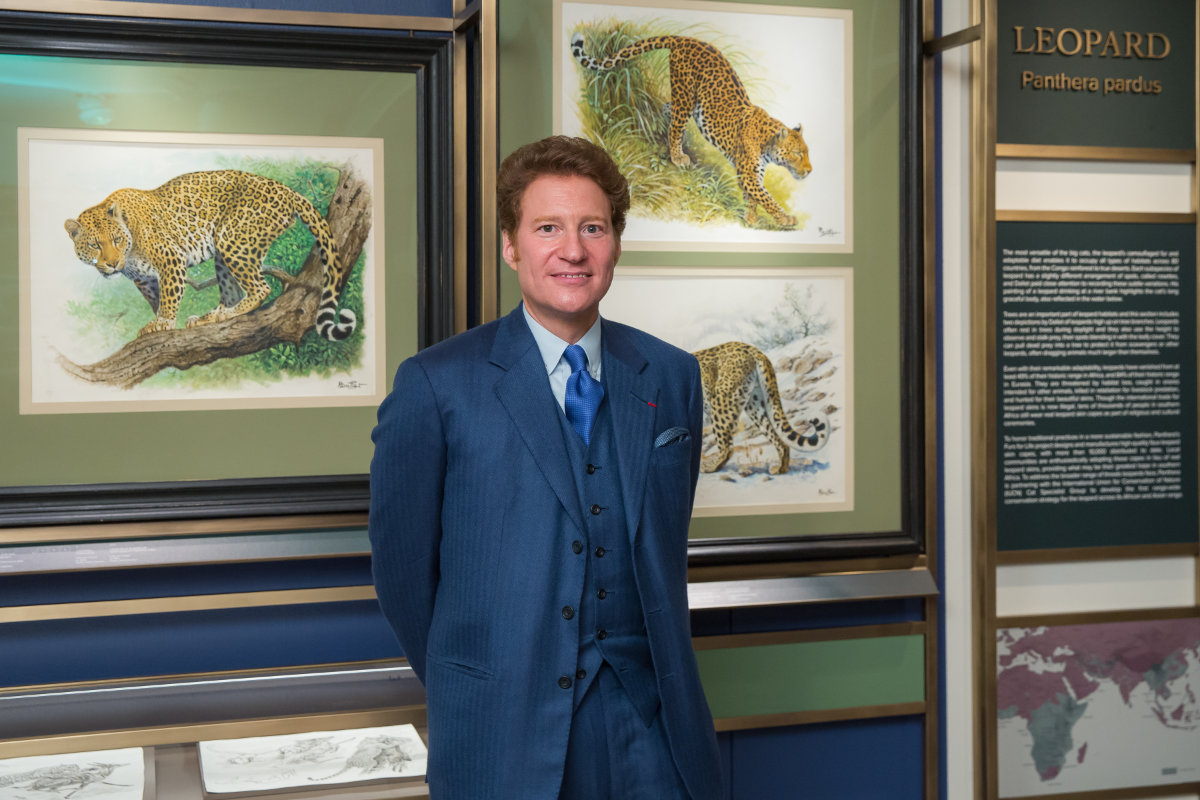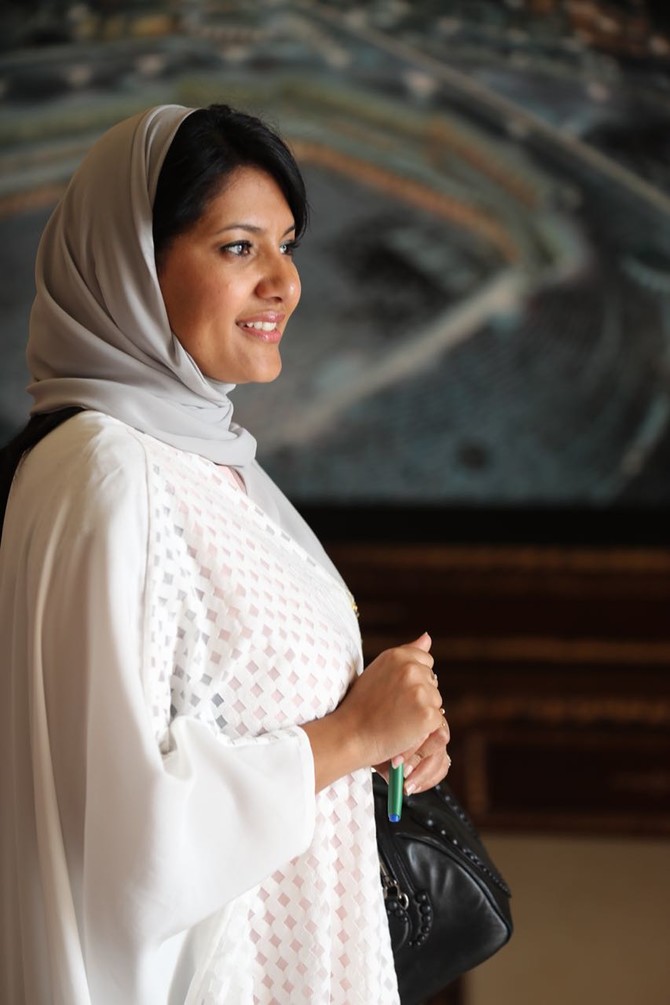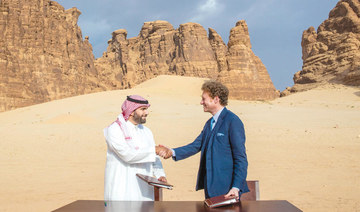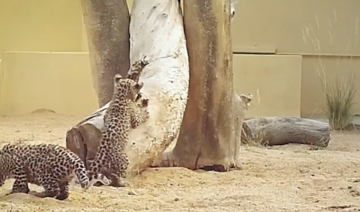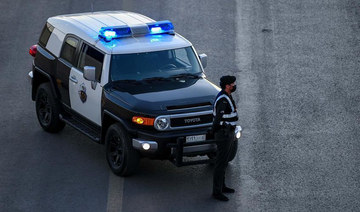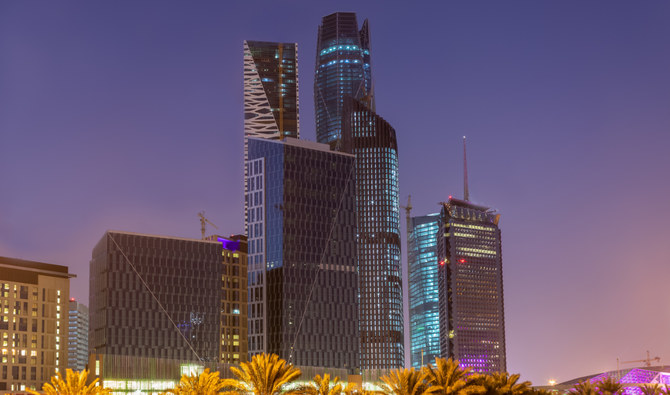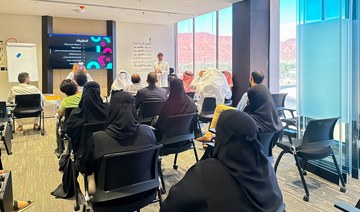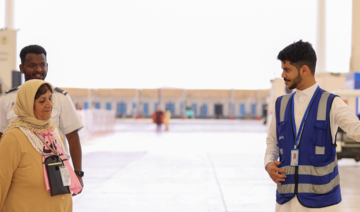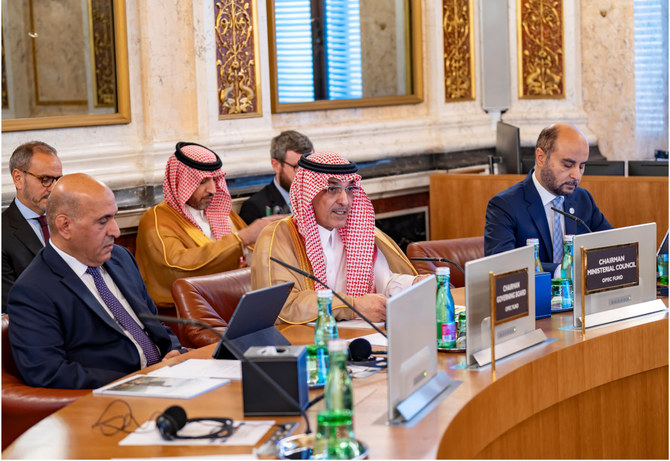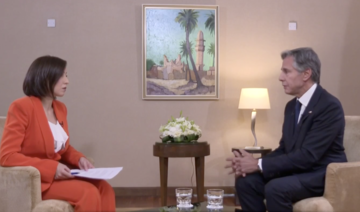DHAHRAN: A live adaptation of the much-loved novella “The Little Prince” dazzled the audience at the King Abdulaziz Center for World Culture (Ithra) Theater in Dhahran at its Saudi premiere on Wednesday night.
The show begins with a pilot crashing his small airplane in the Sahara Desert, far from civilization. The narrator calculates that the pilot has enough water to last him for just eight days.
Moments later, the titular golden-haired prince saunters into the scene, gracefully moving on the moon with an infectious loud laugh and wearing his iconic jumpsuit.
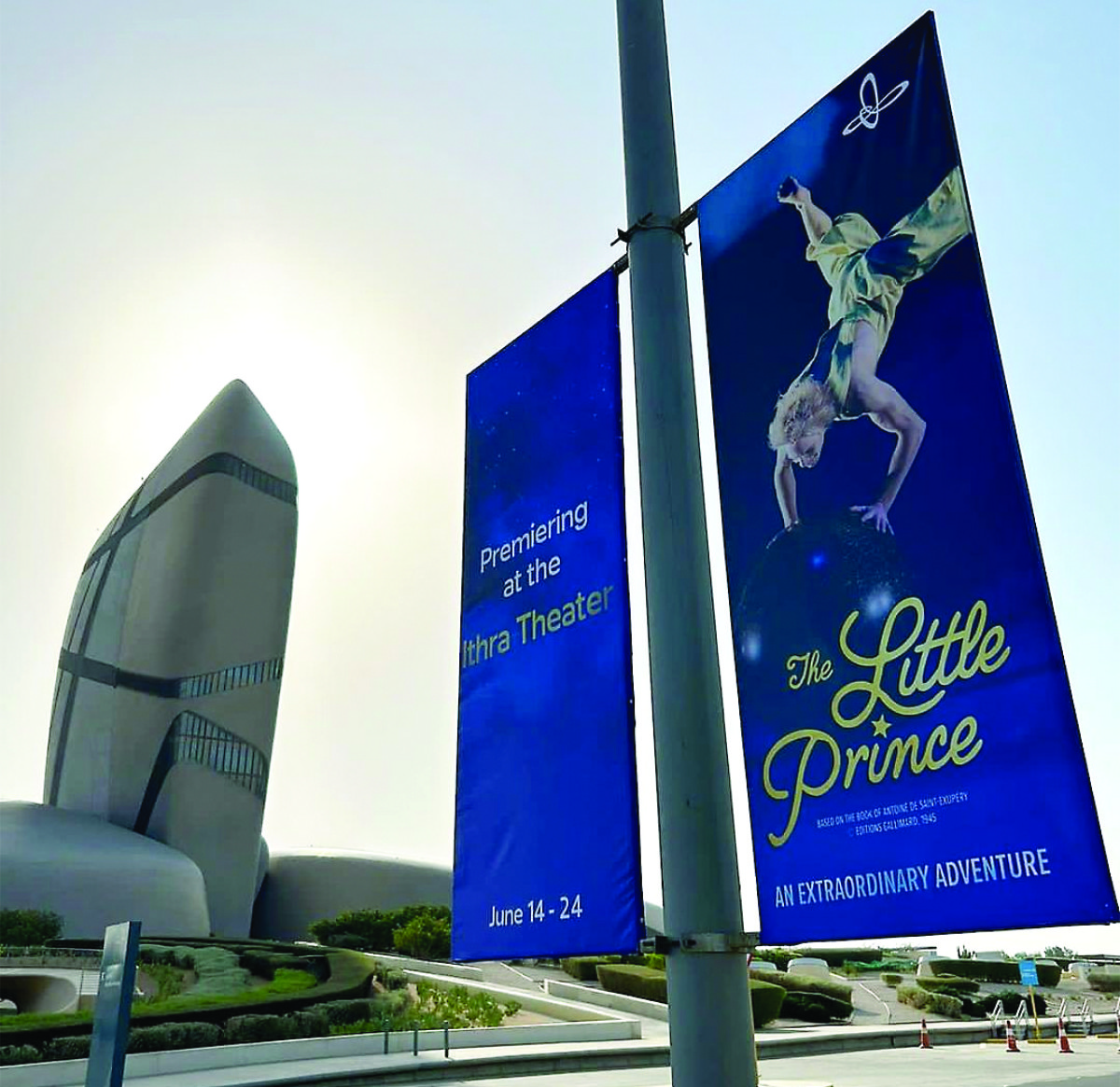
The production is currently on show at Ithra theater in Dhahran. (Instagram/thelittleprincetour)
He asks the pilot to draw a sheep. After a few comical attempts, the pilot draws a crate and exclaims in frustration that the sheep are housed within the crate. This satisfies the prince, who begins to allow his imagination to run wild. A group of actors dressed as sheep dance across the stage.
The prince starts to tell the pilot about his life, beginning with the tale of his sweet friendship with a beautiful flower that had grown on the surface of an abandoned asteroid. However, after showering the flower with love and affection, the prince ends up feeling betrayed by her. This is portrayed in a lyrical dance between the two, in which they eventually bid each other an emotional goodbye.
HIGHLIGHTS
• ‘The Little Prince’ was choreographed by Anne Tournie, who co-directs it with the libretto adaptor Chris Mouron.
• The show’s original music was composed by Terry Truck, and Peggy Housset is the costume designer.
• Tickets start at SR60 ($16) and can be purchased via the Ithra website or app.
• Open to ages 5+, the final performance in Dhahran is on June 24.
The prince then begins to dance with other creatures and characters he meets on his journey through six other planets.
On the eighth day after the crash, the prince finds a well, enabling the pilot to quench his thirst and survive. What happens next, as in the book, is deliberately vague and allows the viewer room for interpretation. Did the prince perish or did he just move on to another adventure?

The production includes vibrant dance, music, projections and acrobatics. (Supplied)
The show — subtitled in both English and Arabic — is based on the book of the same name written and illustrated by French aristocrat and military pilot Antoine De Saint-Exupery, which was first published in the US in 1943 in both English and French.
Decades later, “The Little Prince” remains one of the best-selling books of all time. It has been translated into around 300 languages and is reportedly the second most translated work in history, after the Bible. It is estimated that the novella has sold around 140 million copies.
The book offers a gentle warning to readers. It reflects on the nature of growing up and how adults often seem to forget the “important things” of childhood, such as playfulness, kindness and curiosity.
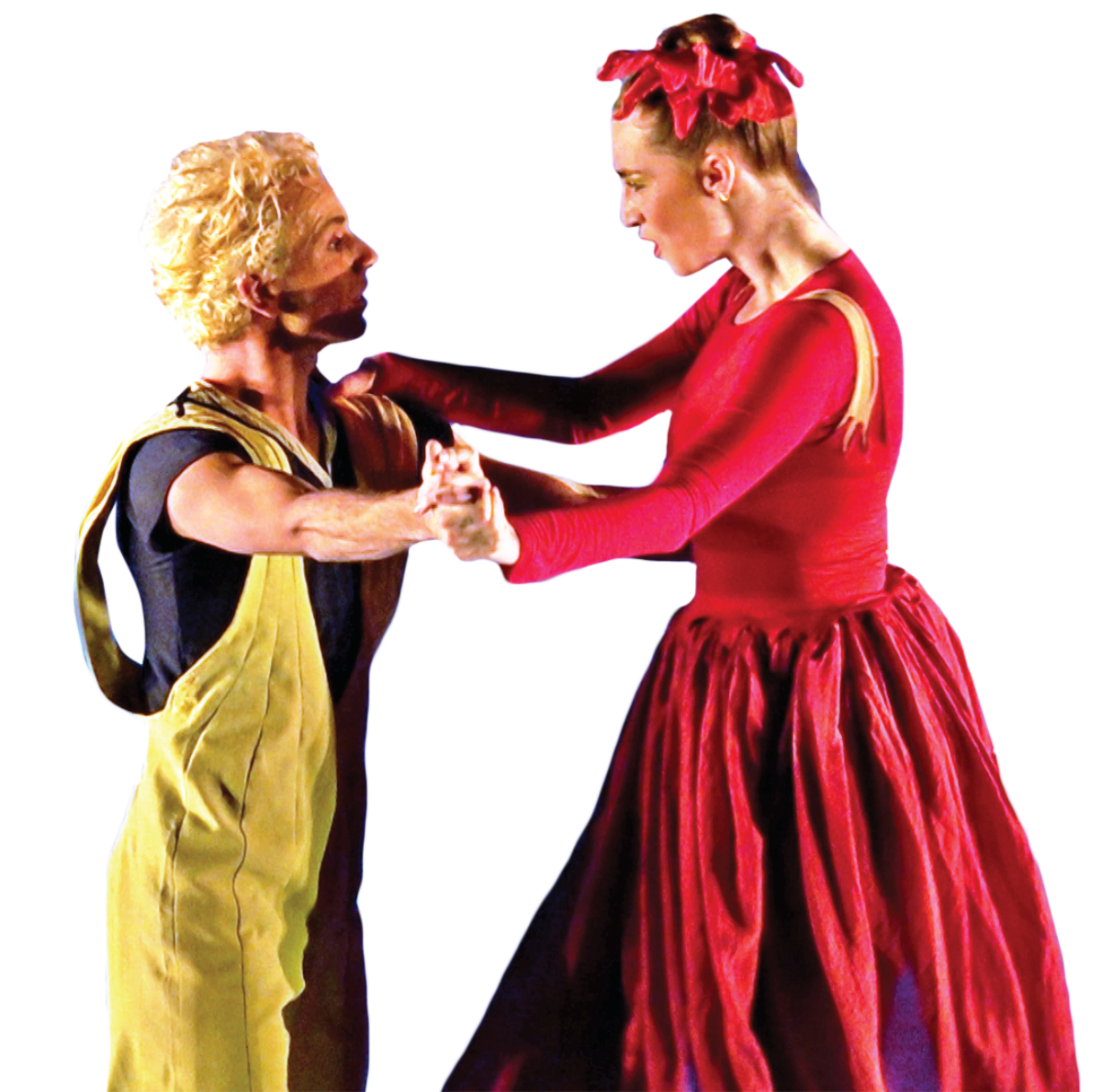
The production includes vibrant dance, music, projections and acrobatics. (Supplied)
This reimagination of the tale is produced by the Dubai-based Broadway Entertainment Group, and choreographed by Anne Tournie, who co-directs it with the libretto adaptor Chris Mouron. Terry Truck is the composer and Peggy Housset is the costume designer.
On opening night, the artists on stage pulled the audience in with their fantastic performance — the singing, dancing and lighting were all excellent.
Vibrant and full of movement, “The Little Prince” transported everyone present to another world for nearly two hours. The show’s program referred to the performance as “a constellation of compelling characters and colorful costumes” and invited the audience to “leap into a vivid universe of dance, music, projections and acrobatics. Immerse yourself in a uniquely innovative international stage production that will capture your heart and challenge your imagination.”
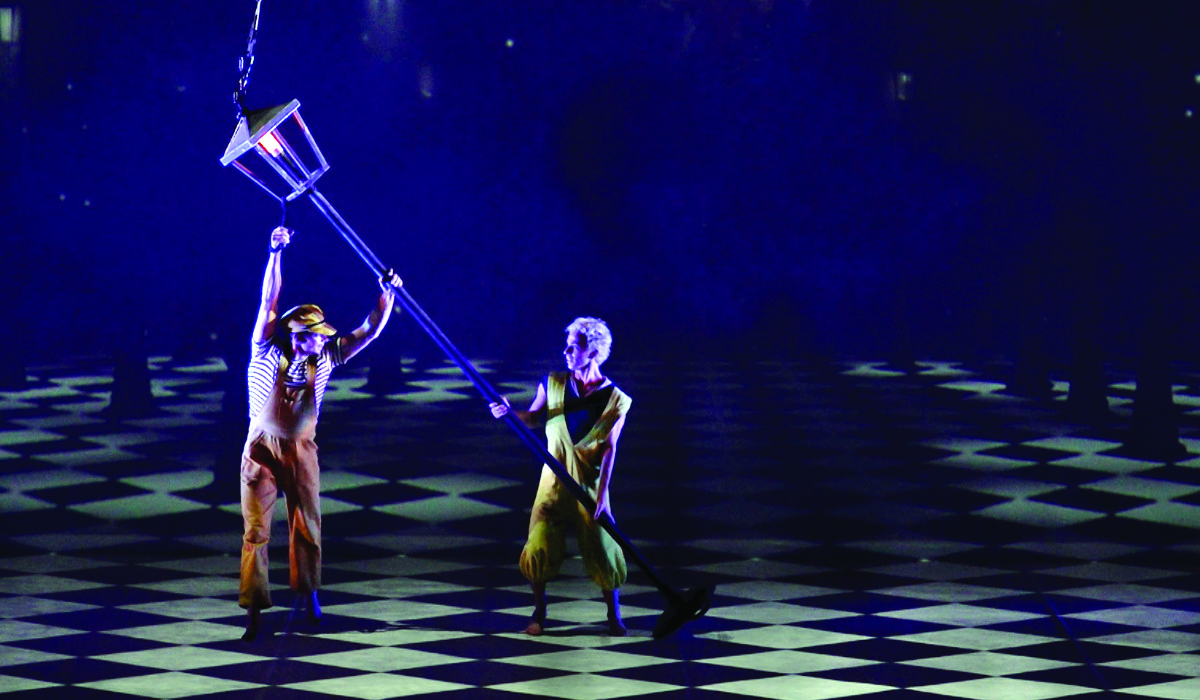
The production includes vibrant dance, music, projections and acrobatics. (Supplied)
Much of the show is soundtracked by dramatic instrumental music. The focus is on the movement of the actors and the majority of the story is told through dance rather than spoken words. This allows viewers to use their imaginations and fill in dialogue for themselves, if they wish. They can also just enjoy the dancing and acrobatics on stage without the need for words.
Sisters Nora and Sara Alashban, who are six and five respectively, were seen twirling around in their pretty dresses during the 20-minute interval. Their mother, Najla bin Muammar, listened attentively as her daughters discussed what they had seen in act one and what they expected to happen in act two. She reminded them that they had the book at home and said they would look at it later.
“It’s cool! I came before to (Ithra) theater and watched ‘Shrek’ (the musical), but this one is nicer,” Nora told Arab News.
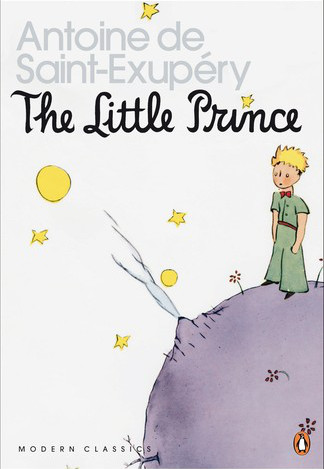
‘The Little Prince’ was first published in english and French in 1943.
Sara said she had enjoyed the dance of the sheep and added: “I like it when (the prince) flies away to another land. But where did he go? I don’t know. Nora said he went to the moon. So, he went to the moon!”
As the ensemble of a dozen talented artists took their bows, red, heart-shaped confetti cascaded down onto some of the audience — a dreamlike way to end the night, and a show that serves as testament to Ithra’s dedication to fostering performance arts in the Kingdom.
Ithra Theater Society is currently recruiting for its Ithra Performing Arts Society, where beginners or experienced enthusiasts can explore acting, stage design, or other relevant fields through workshops, panel discussions, and monthly meetings with experts in the industry. Further details can be found on Ithra’s website.
Tickets for “The Little Prince” start at SR60 ($16) and can be purchased via the Ithra website or app. The final performance is on June 24.





